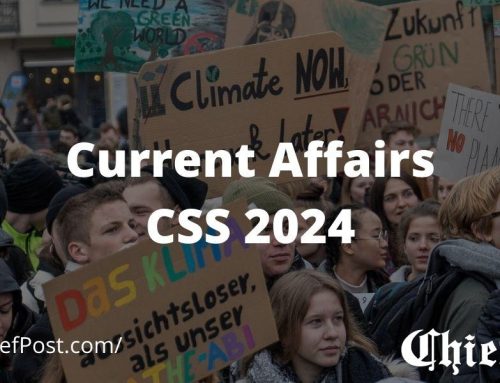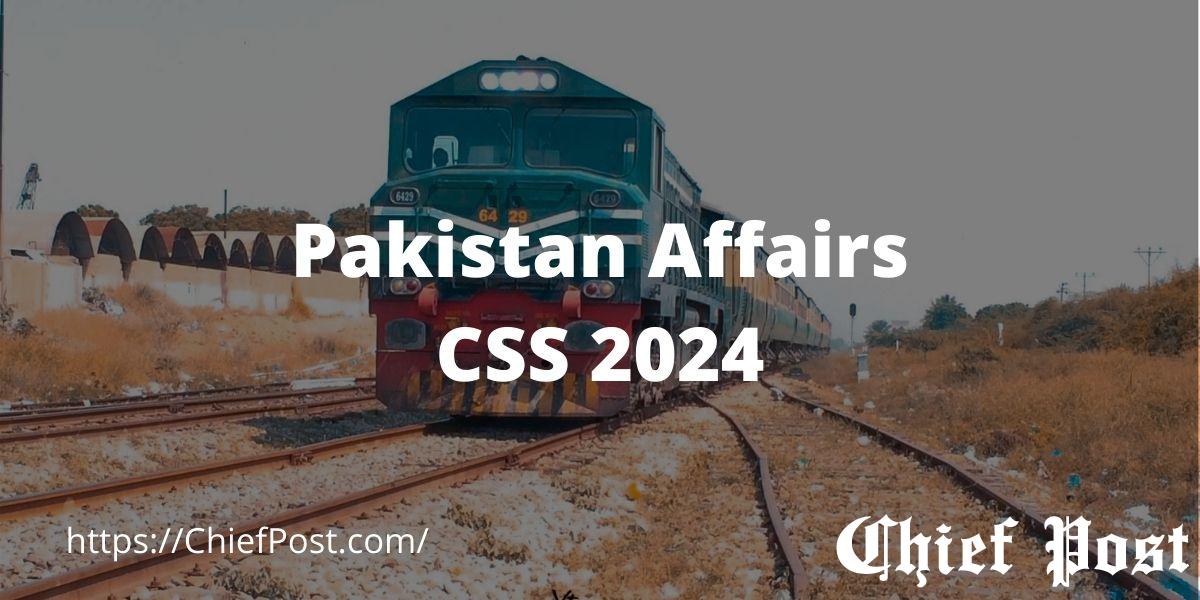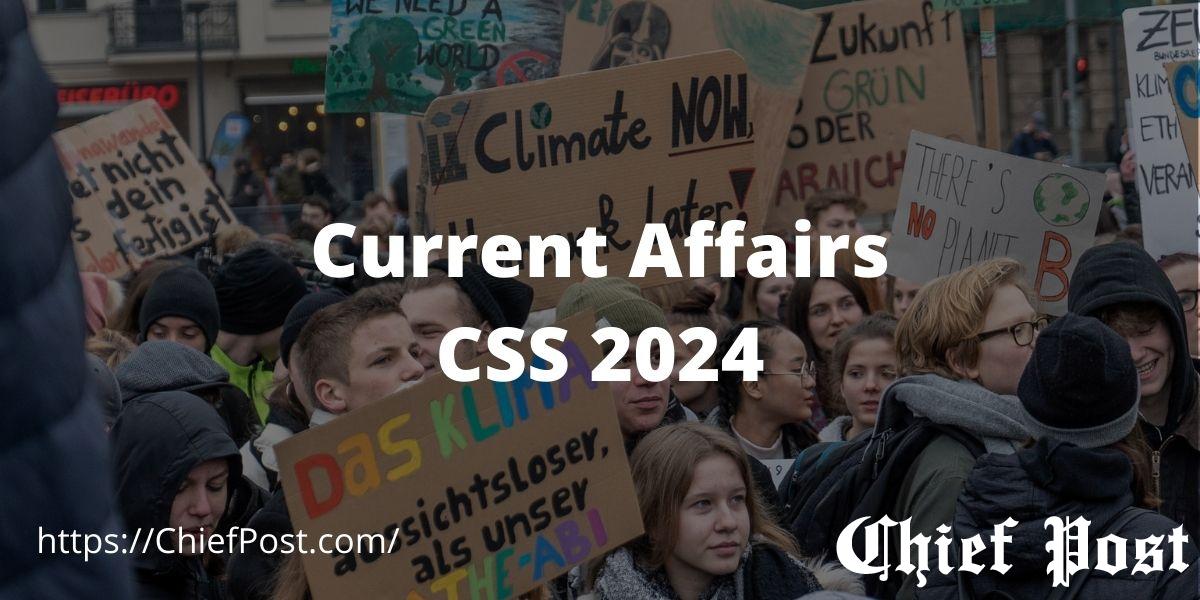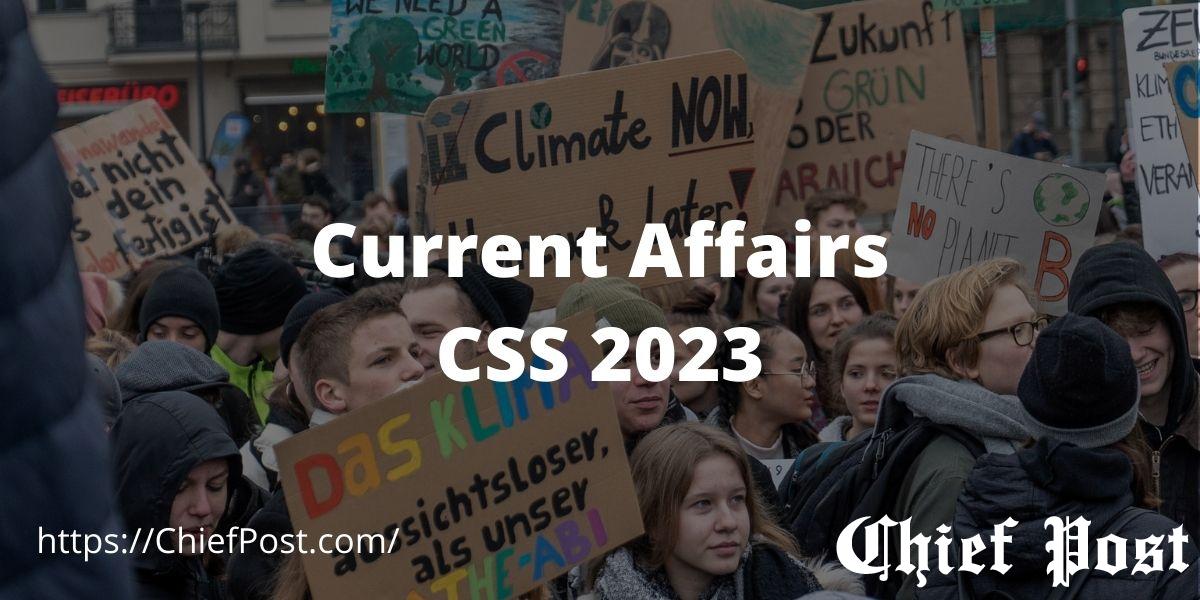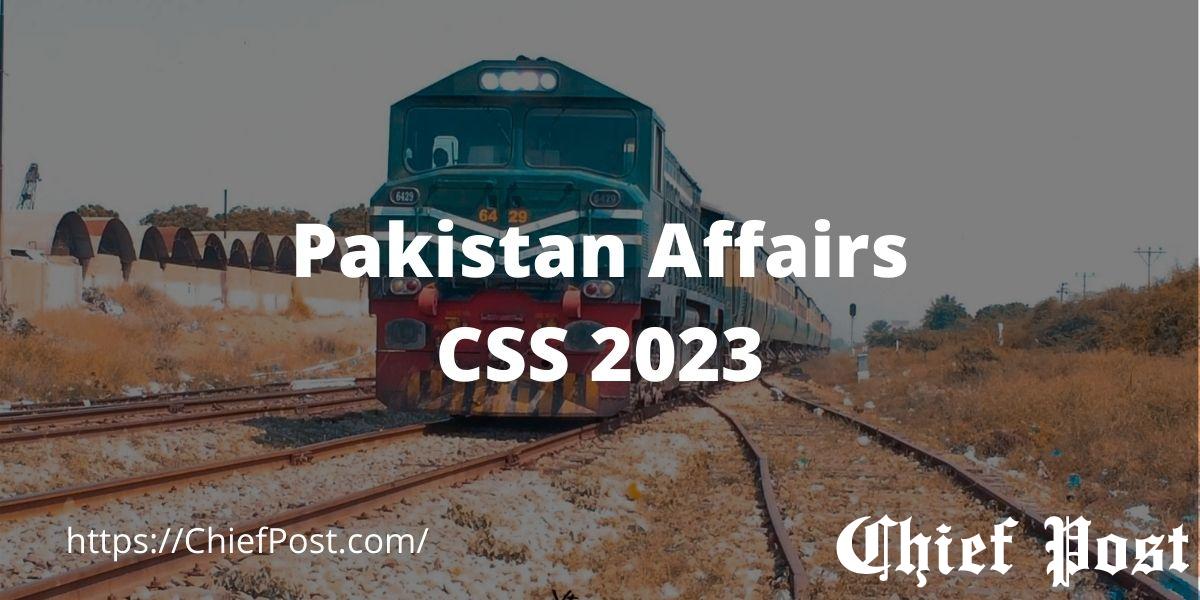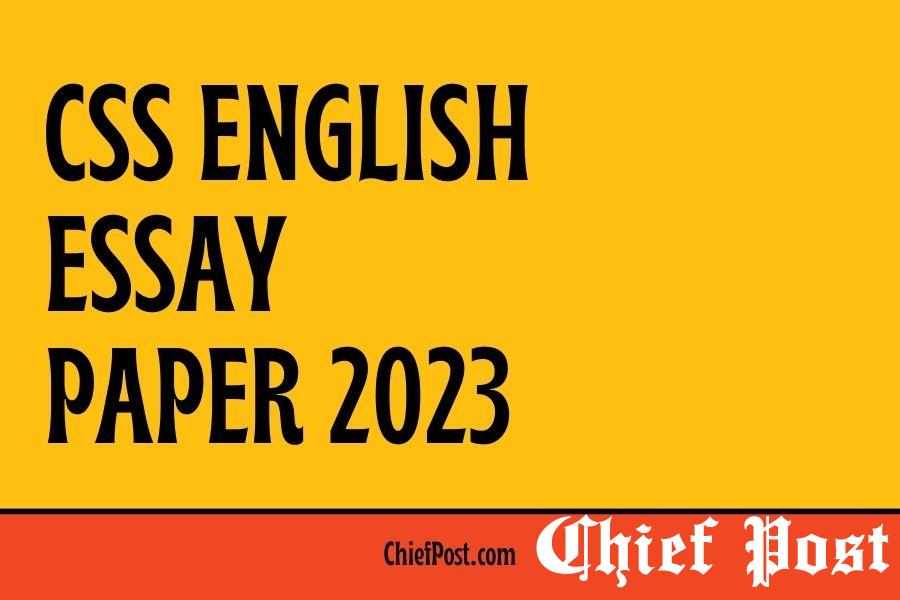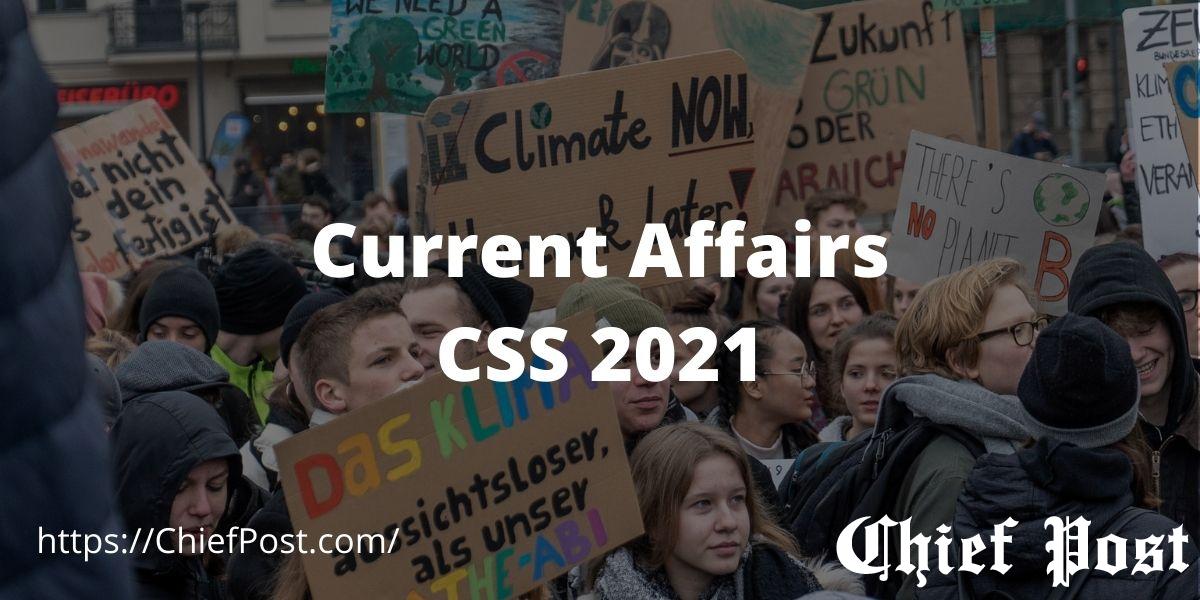
Current Affairs 2021 — CSS Past Paper
FEDERAL PUBLIC SERVICE COMMISSION
COMPETITIVE EXAMINATION-2021 FOR RECRUITMENT TO POSTS IN BS-17
UNDER THE FEDERAL GOVERNMENT
Current Affairs
TIME ALLOWED: THREE HOURS
PART-I(MCQS): MAXIMUM 30 MINUTES
PART-I (MCQS) MAXIMUM MARKS = 20
PART-II MAXIMUM MARKS = 80
NOTE:
- (i) Part-II is to be attempted on the separate Answer Book.
- (ii) Attempt ONLY FOUR questions from PART-II. ALL questions carry EQUAL marks.
- (iii) All the parts (if any) of each Question must be attempted at one place instead of at different places.
- (iv) Candidate must write Q. No. in the Answer Book in accordance with Q. No. in the Q.Paper.
- (v) No Page/Space be left blank between the answers. All the blank pages of Answer Book must be crossed.
- (vi) Extra attempt of any question or any part of the attempted question will not be considered.
PART-II
Q. No. 2.
What will be the strategic and political implications of the US withdrawal from the Open Skies Treaty, and how is it impacting the arms control arrangements between the great powers? (20)
Q. No. 3.
What are the similarities and differences between Nagorno-Karabakh and Kashmir conflicts? (20)
Q. No. 4.
Last two decades have seen the rise of the right as a potent challenge to the liberal democracies throughout the world. What are the causes of this rise and how can states attend to this challenge? (20)
Q. No. 5.
Most of the major political parties have committed to the creation of the new provinces in Pakistan. Should new provinces be created or not, in Pakistan? Elaborate your answer by giving references from the new provinces debate. (20)
Q. No. 6.
Some scholars term Afghan Peace Deal as the US Withdrawal Deal. Do you agree? Answer the question while discussing the contours of the Afghan peace process. (20)
Q. No. 7.
How is militarization of Artificial Intelligence and Computing revolutionizing the military affairs? (20)
Q. No. 8.
Delineate the ways in which Covid-19 has affected the contours of the contemporary world order. (20)
**********

